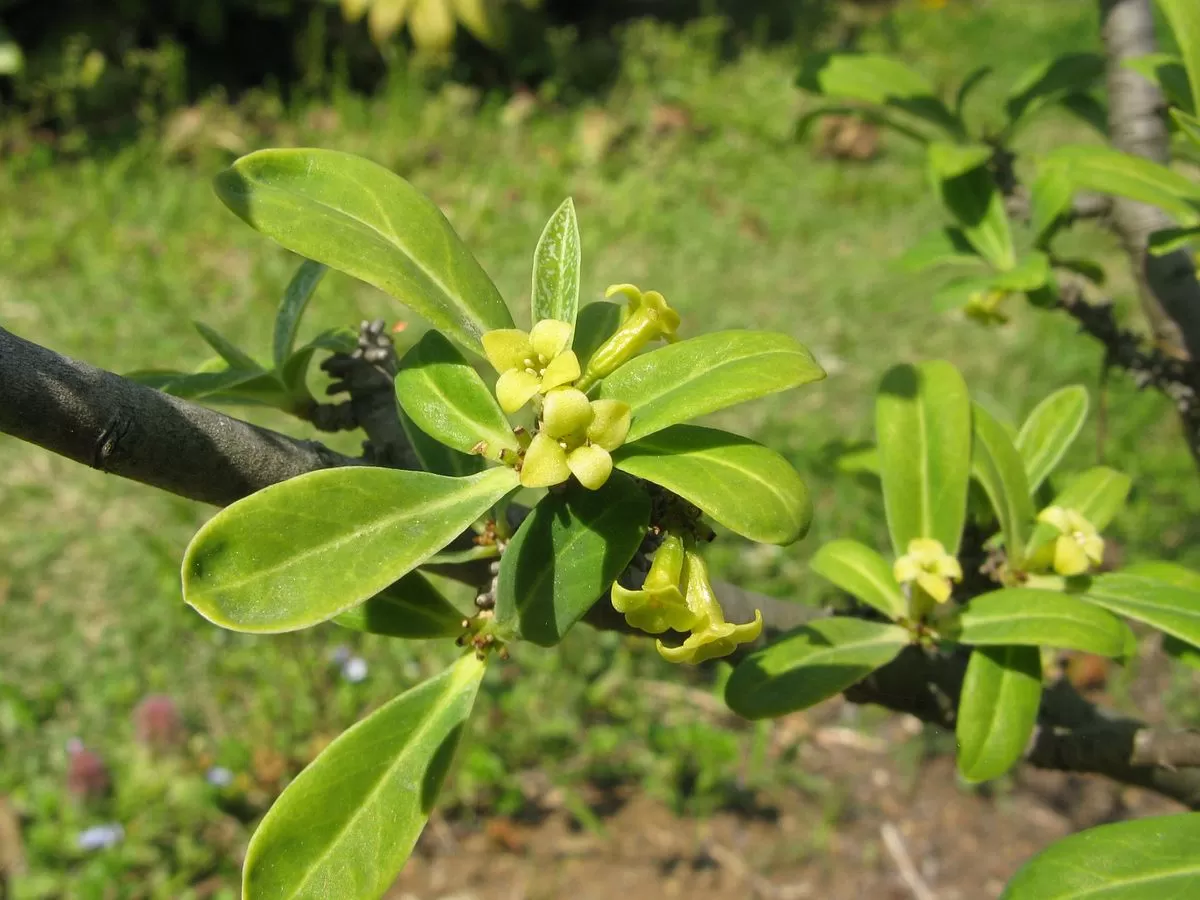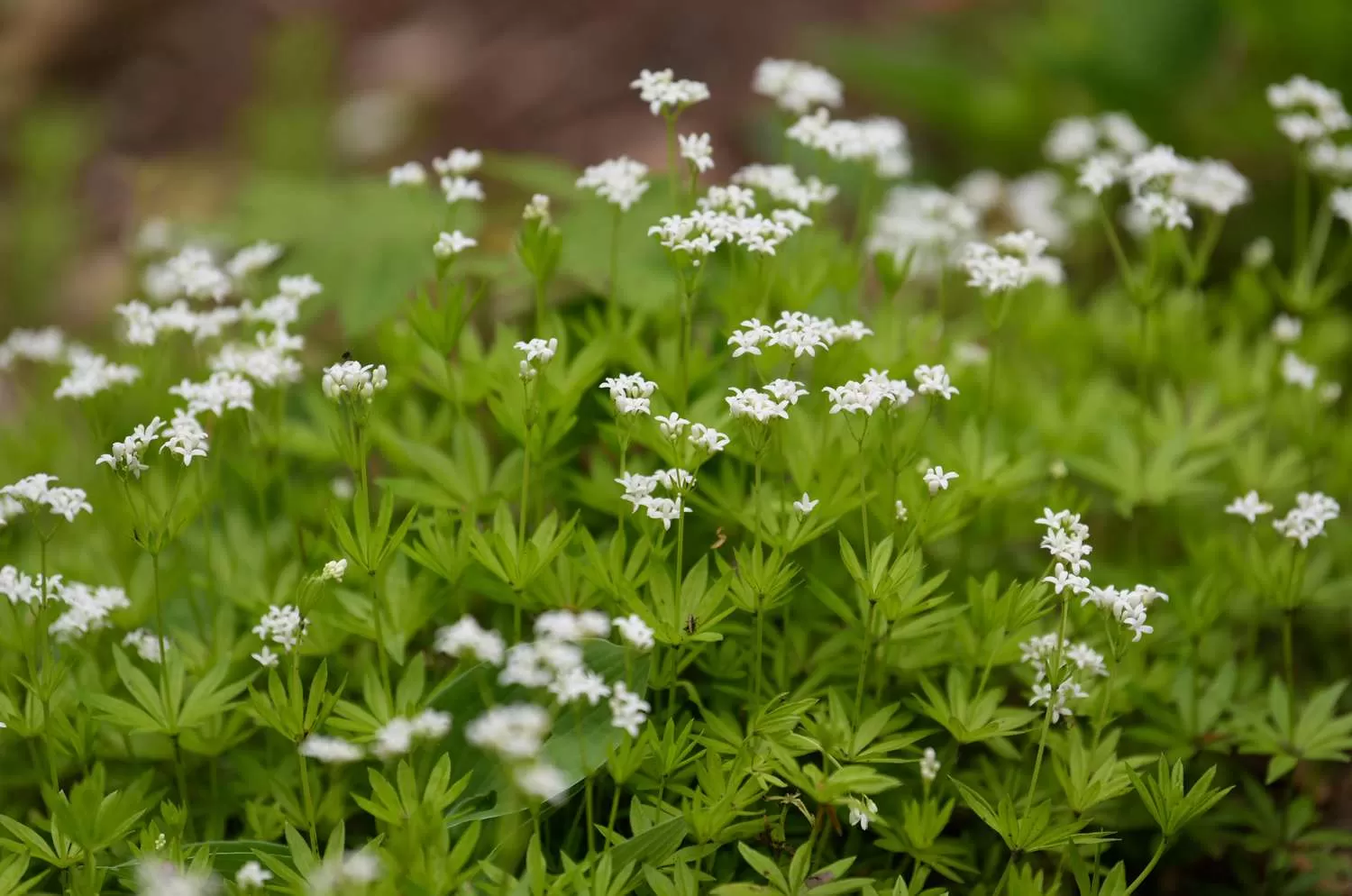- 0086-571-85302990
- sales@greenskybio.com
Advancing Herb Farming: Researchers Pioneer Controlled Environment Cultivation
2025-04-11
In response to the surging demand for herbs and a desire to minimize dependency on imports, researchers supported by the USDA’s National Institute of Food and Agriculture (NIFA) are spearheading efforts to enhance herb farming within controlled environments. This strategic move towards greenhouse and indoor farming promises to stabilize local production, providing significant economic and food safety advantages.
Leading these efforts is Dr. Roberto Lopez from Michigan State University, alongside specialists from five universities and the USDA. Their mission is to establish optimal practices for enhancing the quality and shelf life of culinary herbs. Key focus areas of the project include the impact of seed density, light spectrum, water quality, and fertilizer type in hydroponic systems.
Dr. Tom Bewick of NIFA notes the growing interest in relocating food production closer to urban areas. "The insights gained from cultivating culinary herbs in controlled environments have the potential to be applied to other crops," he stated.
The researchers have identified that environmental conditions significantly influence both yield and plant quality. Moreover, new root and leaf diseases have been uncovered, and the persistence of foodborne bacteria in hydroponic setups has been highlighted as a potential risk.














